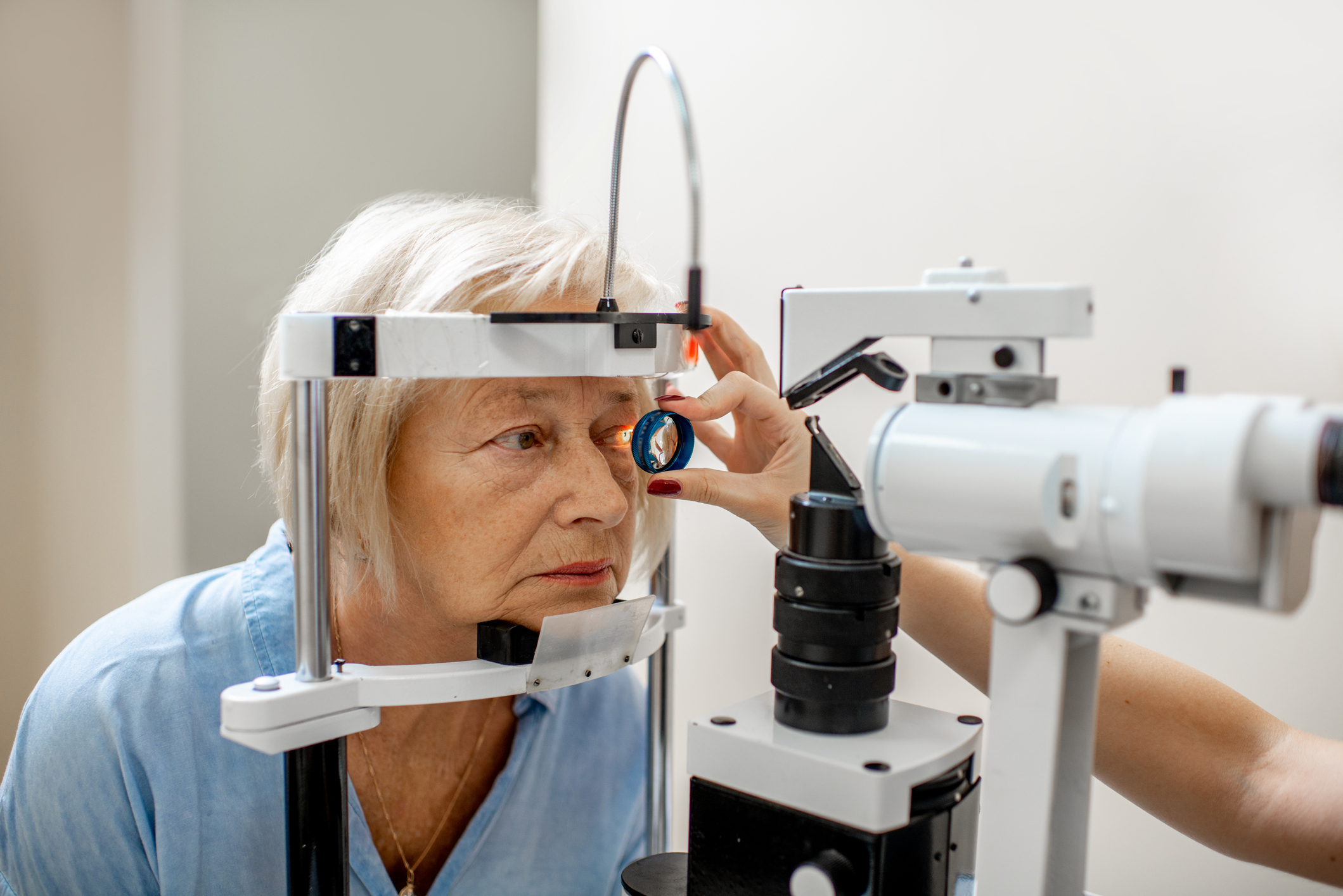 Glaucoma is a group of diseases that damages the eye’s optic nerve (The nerve at the back of the eye that connects to the brain and sends visual information to help us see).
Glaucoma is a group of diseases that damages the eye’s optic nerve (The nerve at the back of the eye that connects to the brain and sends visual information to help us see).
There are several different types of glaucoma; however, the most common is open-angle glaucoma.
Open-angle glaucoma develops as a result of ocular hypertension- abnormally high levels of pressure in the eye. Over time, the build-up of pressure causes damage to the optic nerve tissue which leads to vision loss and blindness.
There are typically no warning signs or symptoms in the early stages of open-angle glaucoma. But as the disease progresses and becomes more advanced, people can experience:
- Tunnel vision
- Patchy blind spots in their peripheral (side) vision.
Individuals at a higher risk of developing open-angle glaucoma include those who:
- Are over the age of 60 (Glaucoma is the leading cause of blindness for people within this age group)
- Are African American
- Have a family history of the disease
- Have a medical history of diabetes or hypertension
Glaucoma is diagnosed by performing a comprehensive eye examination. Treatment is focused on preventing any additional vision loss, and may include medications or surgery. Vision loss or blindness can be slowed or prevented with early treatment. This is why it is important to get regular eye exams which can help detect glaucoma at its early stages.
All content of this newsletter is intended for general information purposes only and is not intended or implied to be a substitute for professional medical advice, diagnosis or treatment. Please consult a medical professional before adopting any of the suggestions on this page. You must never disregard professional medical advice or delay seeking medical treatment based upon any content of this newsletter. PROMPTLY CONSULT YOUR PHYSICIAN OR CALL 911 IF YOU BELIEVE YOU HAVE A MEDICAL EMERGENCY.
